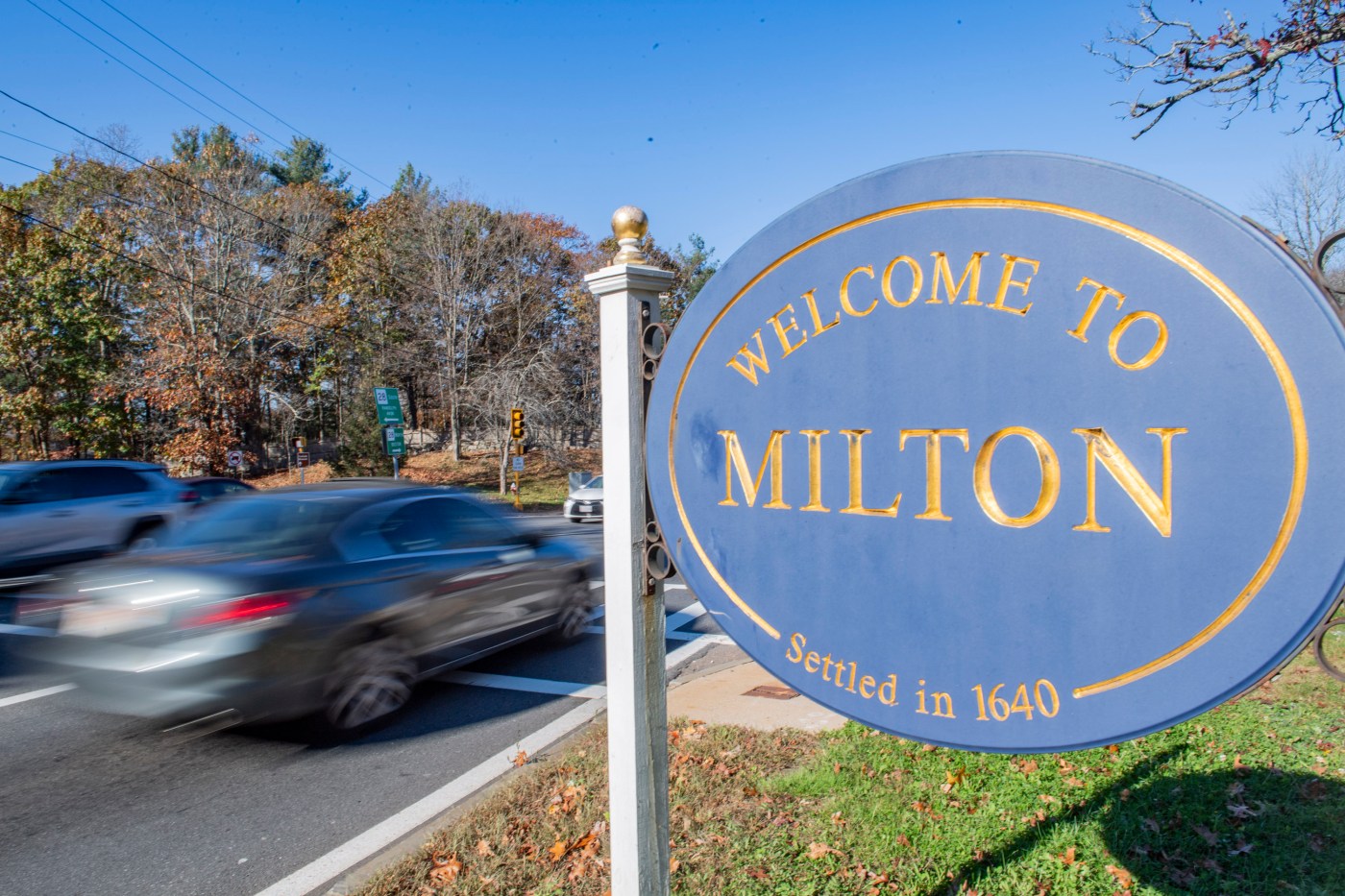
Milton starts to chart path forward after residents reject MBTA zoning bill
The Milton Planning Board is considering seeking a reclassification that would lessen the burden on the number of multi-family housing units needed to comply with a state-mandated zoning plan.
Residents earlier this month voted against a plan that would have increased the town’s housing stock by more than 2,450 multi-family units, or 25%, near transit stations under the MBTA Communities Act.
Some Planning Board members argue that being classified as an “adjacent community” rather than a “rapid transit community” makes more sense as it bridges the gap between residents who want the 25% increase and those who want no more housing whatsoever.
An “adjacent community” classification requires a 10% increase in year-round housing units. But based on past communication to town officials, the state is unlikely to settle for the compromise if such a request is made.
About 54% of the roughly 9,500 ballots cast during the Valentine’s Day referendum were against compliance with the MBTA Communities Act.
The law requires 177 cities and towns across the region to allow at least one zoning district “of reasonable size,” in which multi-family housing is permitted “as of right,” generally half a mile near a transit station.
Milton is the only municipality not to comply, according to the state housing office.
The Planning Board held its initial discussion on charting a path forward on Thursday, a day after town officials learned they’d start to lose some state funding due to the overturning.
Planning Board Chairwoman Meredith Hall said a “strong message” she heard from the vote was that the “town feels like it’s been unfairly classified and designated for zoning for 25%.”
Hall suggested working towards a 10% increase, a plan that should be presented at Town Meeting either in May or October. She said she doesn’t believe the failed referendum means the board needs to restart from the ground up.
“I believe strongly … we can move toward compliance and can move towards improving affordability, sustainability, and ultimately achieve a really great plan that I think all of our residents can hopefully come together and support.”
Residents initially approved a plan at Town Meeting in December after a long series of public hearings and debate between community members.
That plan would have matched the 25% rapid transit requirement, giving officials the ability to construct more than 2,450 multi-family units across a handful of neighborhoods in town. It also “would have been in interim compliance with the law,” state Housing Secretary Ed Augustus wrote in a letter to Town Administrator Nicholas Milano.
But a group dubbed ‘Milton Neighbors for Responsible Zoning’ garnered 3,000 signatures on a petition requesting the zoning article be brought in front of voters as a ballot question, prompting the referendum.
Augustus outlined in his letter to Milano how the town is no longer eligible for a $140,800 grant award it received late last month for seawall and access improvements at Milton Landing.
In addition, the town won’t be eligible to receive a variety of grants aimed at supporting and accelerating housing production from the Executive Office of Housing and Livable Communities.
Select Board Chairman Michael Zullas, who has called the loss of state funding “unconscionable,” wrote a letter to the state housing office last September, seeking clarification on the “rapid transit community” designation.
Zullas argued that though the Mattapan Trolley Line runs through town, that doesn’t automatically make Milton a rapid transit community. He pointed out how the line is a “unicorn” since it doesn’t have stops along the MBTA Red Line, Green Line, Orange Line, or Blue Line.
Caroline “Chris” Kluchman, acting director of the Division of Community Services, responded a month later highlighting how Milton does fit the criteria for a rapid transit community. The Mattapan Trolley Line is a branch of the Red Line, running every 6 to 7 minutes at peak hours, she said.
Milton also has roughly 404 acres of developable land in station areas, far surpassing the “at least 50 acres” to fit as a rapid transit community, Kluchman added.
Planning Board member Sean Fahy concurred with Hall that the board should be looking to create a plan that would provide for a 10% increase in housing rather than 25%, and it would be “realistic” to present it in October.
“I believe an “adjacent community” status is what we should have been designated,” Fahy said. “In a town that is as fractured as it is, I see the two extremes being the extreme of zero and the extreme of 25. I’m not of the mindset that we should do nothing.”


